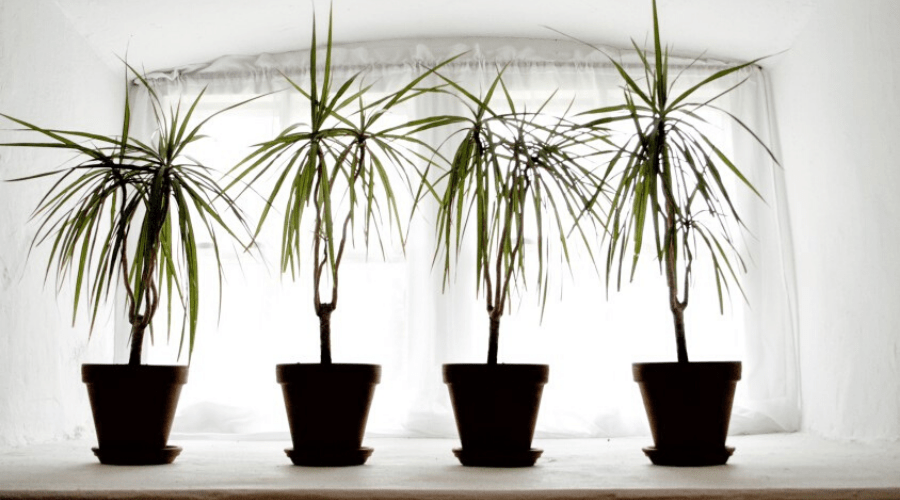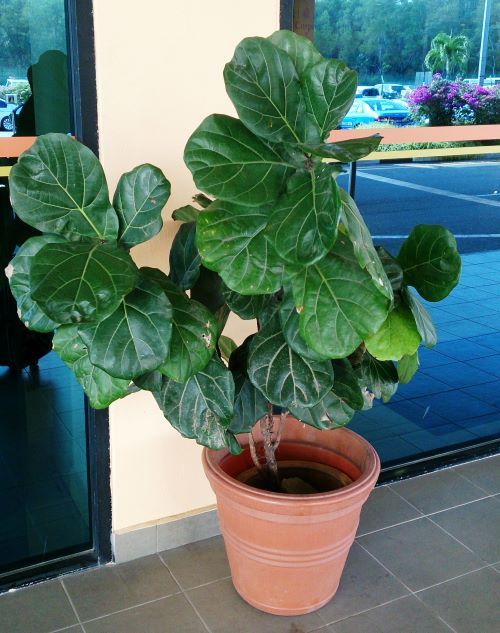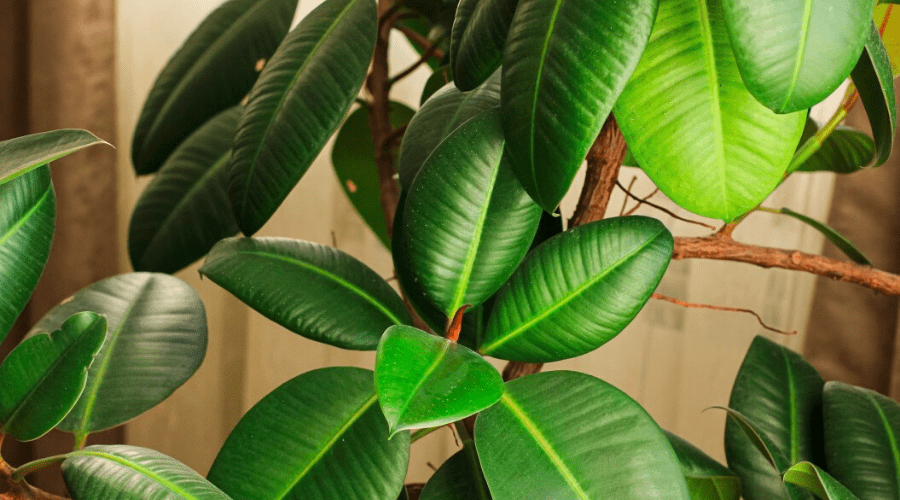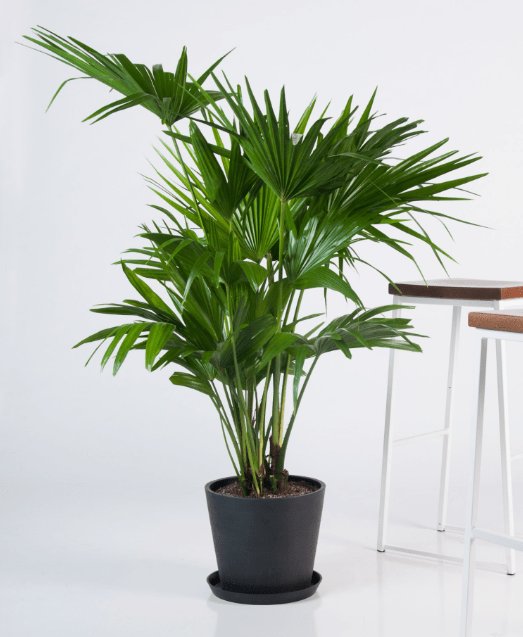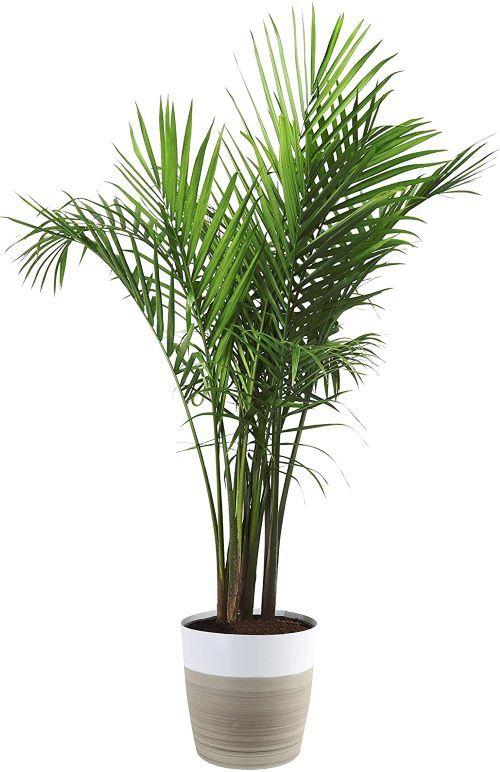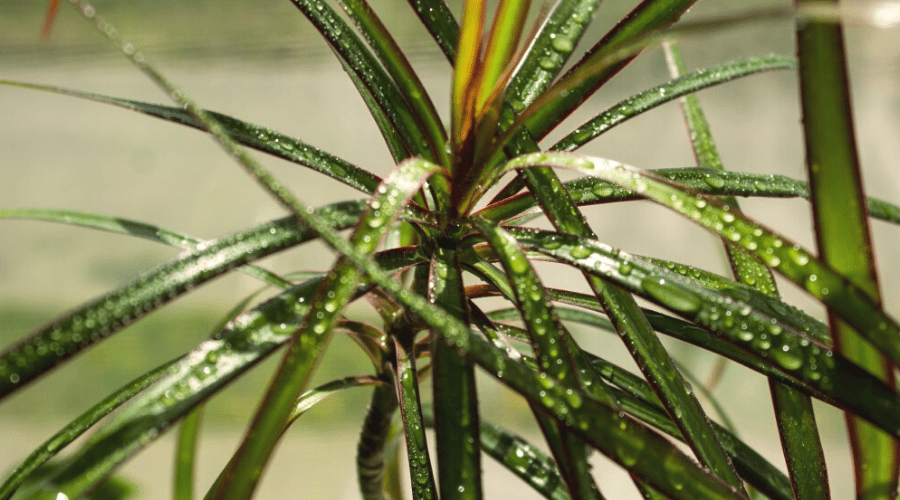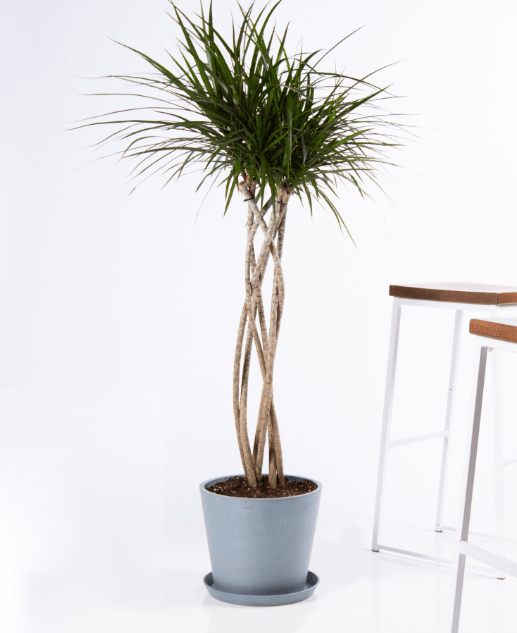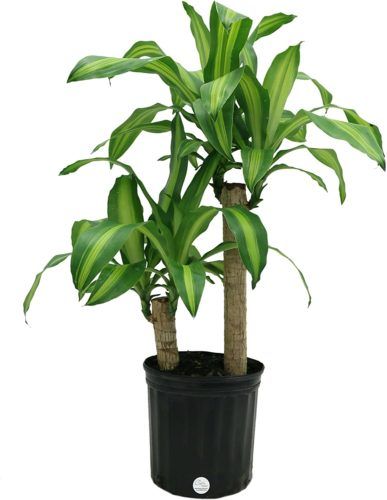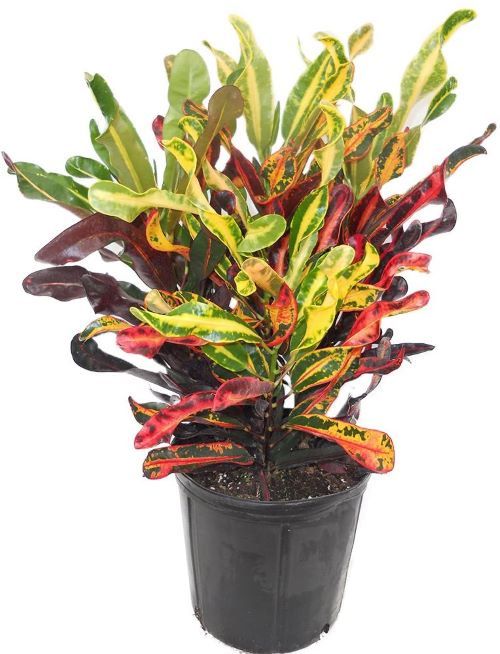If you want to enhance your living space, you need a little greenery. Large indoor plants are the perfect way to add style to your home, and doing so may even improve your indoor air quality. But not all large plants are capable of living inside. Certain trees and plants can't handle the lack of sunlight. You need to look for low-light plants that can survive without direct sunlight Before you start incorporating plants into your decor, find out which of them will thrive indoors.
Best Indoor Trees for Big Drama and Color
Fiddle Leaf Fig Tree
If you're looking for a large-leafed plant, the fiddle leaf fig is an excellent choice. It has large leaves with a waxy covering. Typically, the leaves are light to dark green in color. This isn't a plant that just sits in the background. It also doubles as an air purifier.
Although this plant grows well indoors, it does need access to sunlight. You should place it near a window or door, and be sure the sun hits it for part of the day. To keep the plant thriving, you may want to occasionally put it outside in the sun.
This fiddle leaf fig tree is just what you need to start your indoor garden. At two feet tall, it's easy to ship and with care and sunshine, it'll grow up to 10 feet indoors.
- Large leaves
- Hardy plant
- Gets overwatered easily
|
|
Rubber Plant
A member of the ficus family, the rubber plant grows to an average of six to eight feet tall. Much like the ficus, this plant has waxy leaves. The leaves are large and shaped like ovals, but they aren't as sprawling as the ficus.
Instead of growing to the side, the rubber plant grows upwards. Because of this, it's a great addition to tight spaces. You don't need to worry about it taking up too much of your living room or bedroom. It needs bright, indirect sunlight and soil that drains well.
Waxy leaves and sturdy branching stems make this ficus a hardy and striking addition to your indoor garden. Grows to 6 or 8 feet indoors.
- Color variations
- Needs bright light
|
|
Chinese Fan Palm
One of the taller indoor plants, the fan palm could grow to be nine feet tall. With its multi-stemmed, fan-shaped fronds, this plant is the epitome of flashy.
Extra-Large Chinese Fan Palm, 44-58 inches in EcoPot
With the angular positioning of its large, dramatic fronds, the Chinese Fan Palm is a statement tree for any indoor space. This hardy palm thrives with little care—an unfussy addition to any indoor garden.
Majesty Palm
Some plants take years to grow. But the majesty palm doesn't need much time to get tall. In fact, it's one of the quickest growing tall indoor plants.
In addition to growing at a rapid rate, this plant has an elegant appearance. It has dense foliage and dark leaves. As long as you keep the palm inside and away from the sun, it will endure. It needs moist, but not soggy soil.
For a tall indoor plant that grows quickly, consider the majesty palm. This palm varietal thrives in low-to-medium light, needs little water, and likes to be misted occasionally. Easy care for beginners.
- Quick grower
- Dark green leaves
- Easy to overwater
|
|
Kentia Palm
If you don't have a green thumb, you might be concerned about taking care of an indoor plant. However, not all indoor plants are difficult to care for. The kentia palm is a prime example of an indoor plant that requires minimal care. Even if you're notorious for killing plants, you may be able to keep this one alive.
Growing up to seven feet tall, the kentia palm tolerates low light conditions and can handle low temperatures. It has arching fronds and creates an exotic feel.
Hawaii-Grown Kentia Palm in 8-inch Growpot
Howea forsteriana is one of the first palms cultured for indoors, and it stands the test of time. It can tolerate low light, needs little water, and lives for decades with easy maintenance and pruning.
Best Large Indoor Plants with Interesting Foliage
Dracaena Marginata
Although not as tall as some of the other plants on this list, the dracaena should not be overlooked. According to NASA, this plant cleans the air by removing traces of benzene and formaldehyde. It's also stylish, with striking leaves and a tree-like appearance.
This plant should be watered at least once a week. However, overwatering it kills the plant. You don't need much light to keep this plant alive.
Extra-Large Dracaena Marginata Open Weave
This Dracaena Marginata variety has an open braid weave of 4 canes or stems braiding together to support the long green leaves. Dracaena are easy, low-maintenance indoor plants that will thrive in almost any environment.
Corn Plant
This plant takes some time to get tall, but it's always attractive. It has shiny leaves that resemble corn leaves and sprout from a thick, woody stem. When positioned in a hallway or corner, the plant is an excellent accent to your decor. It's also one of the best air purifying plants.
Because this plant only needs low light, you can keep it almost anywhere in your home. Water it every seven to ten days and avoid overwatering. In the winter, you can slow down your watering schedule. You might also want to fertilize it once every three months.
This live corn plant has a unique look. No, it's not THAT corn, but the leaves are similar. Corn plants are great for beginner or experienced plant parents alike.
- Attractive appearance
- Does well in low light
- May need fertilizer
|
|
Croton
You're probably familiar with this plant, as it's one of the most common house plants. But don't let this plant's popularity keep you from getting one. It's available in many colors and patterns, which allows you to get one that's truly unique.
For the best results, keep your croton near a window that faces east. Doing so gives it access to morning sun and indirect light for the rest of the day. When the soil dries out, water it enough to moisten. In a low-humidity home, you may need to spray it with a water bottle every few days.
A bright indoor plant, the fast-growing croton comes in hundreds of colorful varieties, and with its dramatic drooping tells you precisely when it needs water. Give it a sunny spot, a little pep talk now and then, and water when it asks and you'll have a big, unique plant in no time.
- Bright leaves
- Popular in homes
- Can look messy
|
|
Desert Rose
One of the most stunning indoor plants is a desert rose. While this plant is slow to grow, it can become as high as five feet tall. It has green leaves and red or pink flowers that brighten up any room.
This plant needs direct sunlight for at least six hours each day. Therefore, it should be placed in a sunny window. In the warm season, water your desert rose once a week. However, it shouldn't be watered as frequently in the cold weather. You could plant this in a pot, or treat it like a bonsai.
This is one of the few tall indoor plants that flowers. Desert roses love sunlight and heat, so give yours both and it will reward you with bright indoor blooms.
- Stunning blooms
- Large, woody base
- Doesn't get very tall
|
|
Conclusion
Any one of these large indoor plants could be the perfect addition to a home. Which one is right for you? Consider the height of the plant, the amount of care it needs, and how much light it requires. Then, make your choice and get planting!

